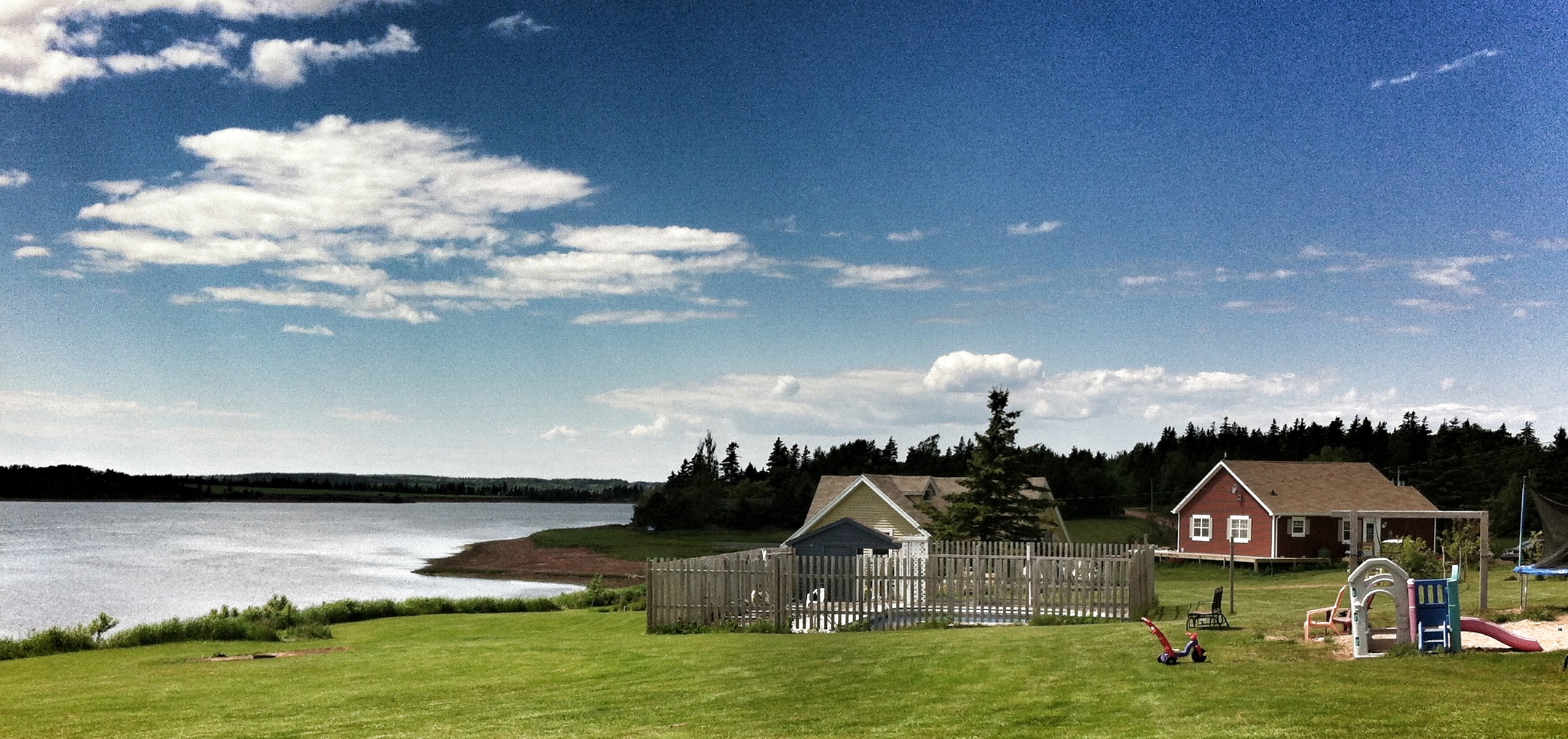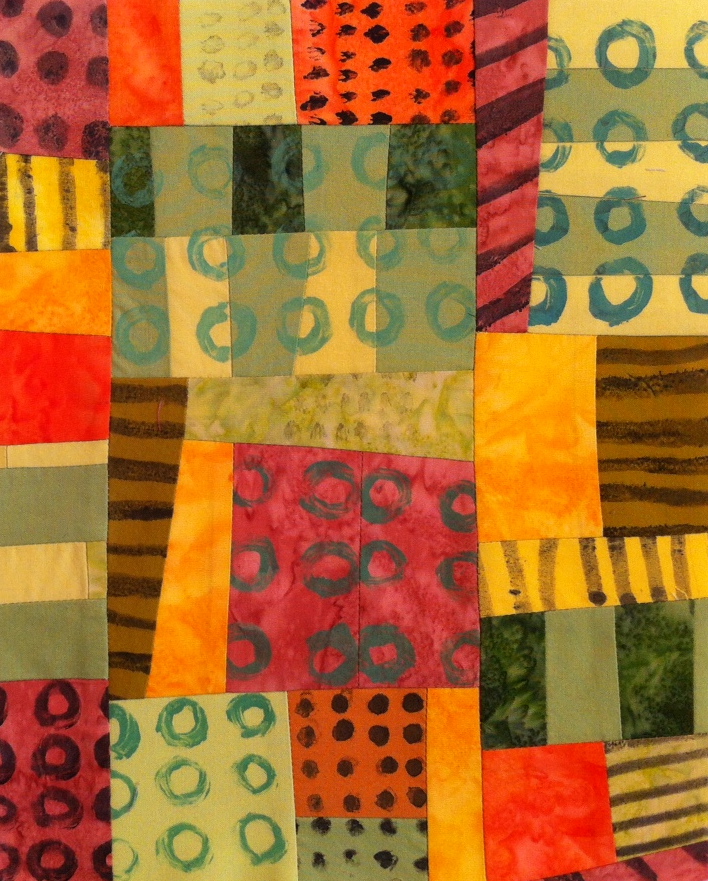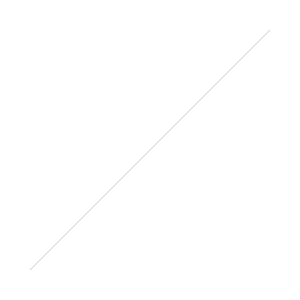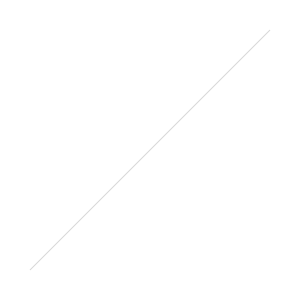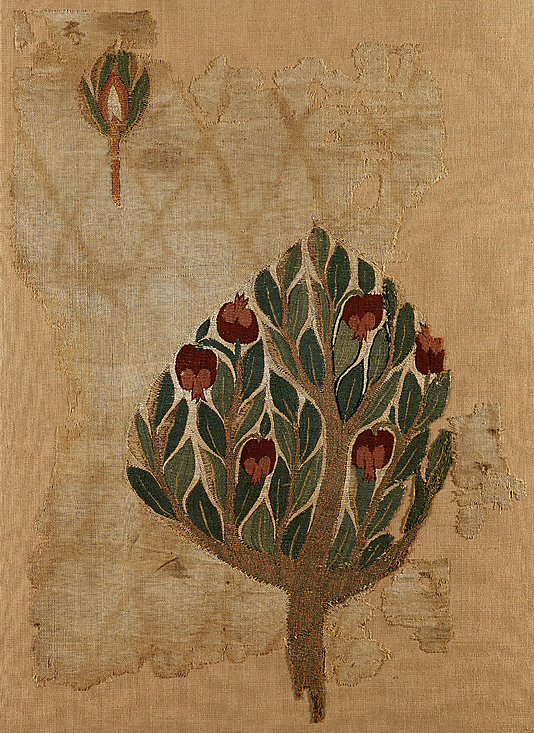Sometimes it takes getting away from your predictable world to get a new perspective. This week, on Prince Edward Island, a tiny green gem of an island located in the Canadian Maritimes, I've had that opportunity .
PEI is the remnant of an ancient collision between the North American and African continents. Hard to believe, and even more difficult, that the gorgeous red sandstone cliffs ringing the island were once part of the Appalachian Mountains.
I wonder if and how such strange connections and dislocations might be happening around us all the time.
If you've read this blog for long, you know that I strive to balance my own realms of art and art therapy. It often seems that one tends to overwhelm the other.
With lots of time to sleep, beach walk and read, I've recovered stores of energy that I haven't felt for a long time. Particular truths rise to the top:
I can't help but to look at everything around me as though it were composed for a painting.
Wherever I go, my eyes are continually drawn to the children's activities.
A confirmation, in this faraway land, that I am where I need to be in all senses of the word: in the present moment as well as my life back home in Davis, Ca.
***
Recently in that studio across the continent, I've been doing some work with artist, Lisa Call as a tutor. I focused on these same ideas of balance and combination--studio and hospital, watercolor and fabric, monoprinting and quilting.
I set out to experiment using an older collage piece (see Still Quadrant above) as an inspiration and example. I wanted to return to using straighter lines, with subtler, not so apparent angles. I also wanted to introduce drawing onto the fabrics.
I decided to use some cloth that I'd cut out and pieced but hadn't worked in earlier compositions. Using these leftovers, I began to play. I drew patterns on a cutting board/printing plate with block printing ink and then, after placing scrap pieces on the plate, ran them through a monoprint press.
I liked the dark black stripes and circles that resulted and set about creating a composition with the squares and strips of fabric.
I remembered how difficult it was for me to consider tossing these leftover strips of cloth. In fact, I'm often drawn to remnants and remains. I can get obsessive, but that's part of the process too.
On my return, I'm looking forward to exploring more of this recombining of ink and fabric and adding some paper in there for good measure. After this trip to the PEI, who knows where exploring "off lines," or even off continent will take me?

